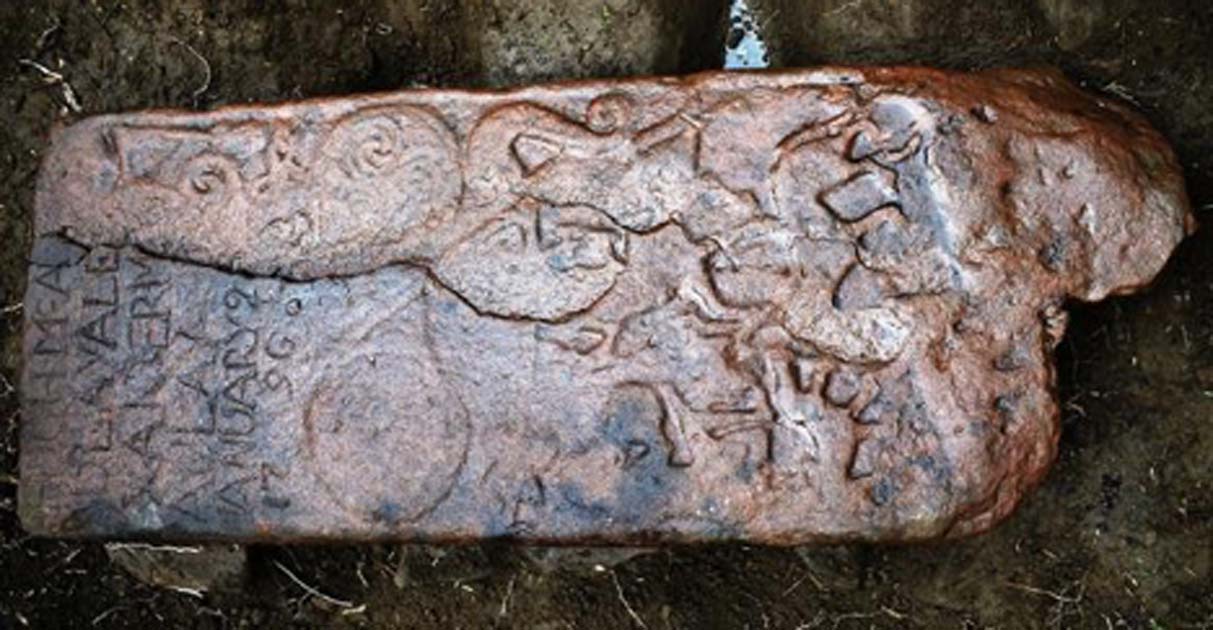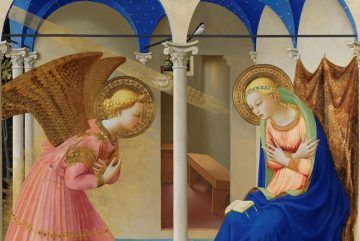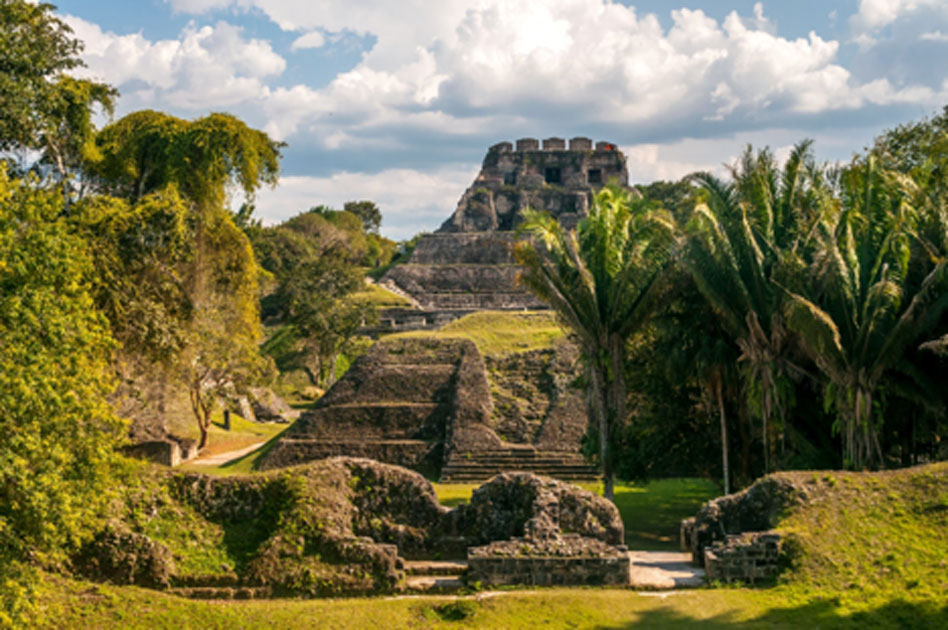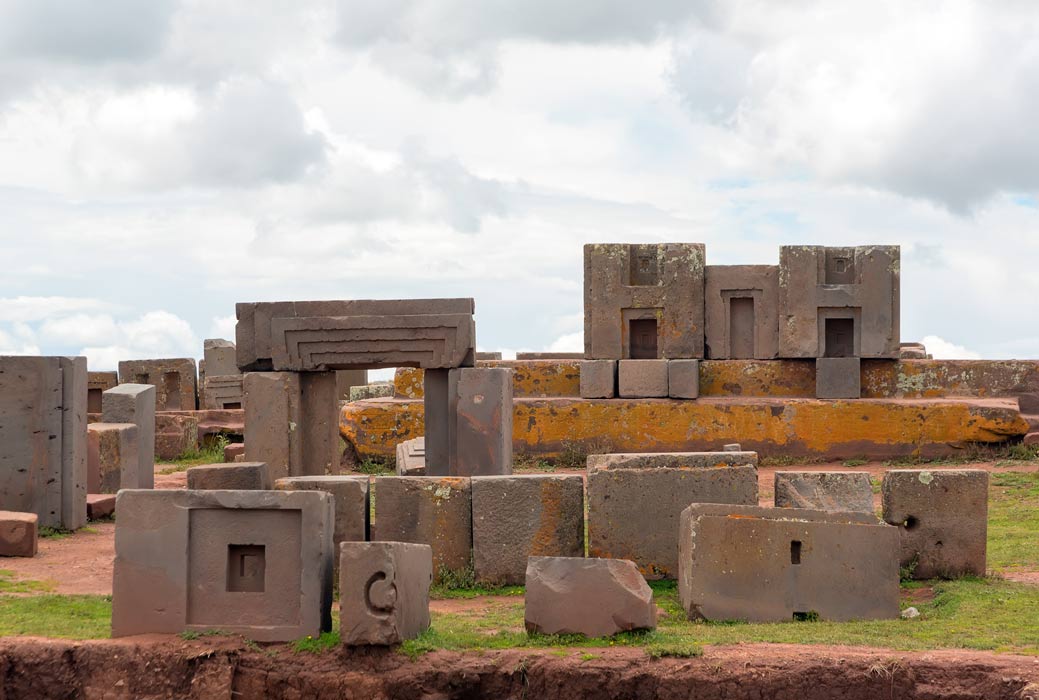via Ancient Origins by Ashley Cowie

The Pictish stone was reused as a horizonal grave slab in the 1790s - hence the inscription in the corner. Source: NOSAS
The rare discovery of a Pictish symbol stone has been uncovered deep in the Scottish Highlands, and it is truly marvellous.
1,200 years old and originally standing more than two meters (6.56 ft.) high, an ancient monolith, a spiritual monument, was found decorated with a spread of classic Pictish symbols . Experts are rightfully declaring this find as being of ‘national importance'.
Continue reading
==============================
via Library Link of the Day: Daniel Esparza in Aleteia
It’s also the second richest library on Earth, due to the number and value of its books

Berthold Werner I CC BY-SA 3.0
One of the oldest Christian monasteries in the world still in operation, the Monastery of Saint Catherine in Sinai is home to almost 2,000 years of history — and many more years of legend: tradition claims, for example, that the main altar of the monastery is built on the spot where the Burning Bush first addressed Moses.
But the monastery, declared a world heritage site by UNESCO, also holds other places of honor. For example, it accommodates the oldest continuously operating active library in the world.
From the day it was founded in the 6th century (between 548 and 565, according to chronicles), the library of St. Catherine at Mount Sinai has never closed its doors. Built during the reign of Justinian I, the monastery was originally sponsored by the mother of Constantine the Great, Empress Helena. Its walls are still home to ancient Roman scrolls dating back to the days when the monastery itself was founded, which makes St. Catherine’s the second largest collection of codices and manuscripts in the world, right after the Vatican Library in Rome. In fact, from this monastery comes the famous Codex Sinaiticus, the biblical text dated to the year 345.
Continue reading (without chasing the links down the rabbit holes this is actually a very short read!)
==============================
posted by Morgan Meis in 3 Quarks Daily: John-Paul Stonard in the TLS:
In the middle of the 1420s, a Dominican friar painted an altarpiece for his convent, San Domenico in Fiesole, Florence, showing the Christian story of the Annunciation. Fra Giovanni, now known as Fra Angelico, was a professional artist who had opted for monastic life largely for the freedom it gave him to paint. The altarpiece, recently restored by the Prado Museum, Madrid, where it has resided since the nineteenth century, hangs at the centre of an exhibition at the museum showing how Angelico took this freedom and created a new type of painting.

Courtesy Museo del Prado
Coming across this large painted panel today, one is immediately struck by the lightness of the colours – the pink of Gabriel’s robe and the ultramarine of Mary’s gown – and the elegance of the design. In the 1420s the Dominican friars would have been more impressed by the bold and simple shape of the altarpiece, a square panel without florid carved frame or borders, as well as the startling absence of the customary gold background, either on the surface of the painting, or as a luxurious textile tenderly held by angels.
Continue reading
That image does not do justice to one of the most magnificent and awe-inspiring paintins I have ever seen.
A treat to stand in front of it in The Prado having spent a long time sitting on the floor in front of and behind the “Garden of Earthly Delights”.
==============================
via Interesting Literature
Poets often write about love, and there are many great poems written to mark weddings, or to express love for a mother or mother-figure in the poet’s life. But what about brotherly relationships and brotherly love? Here are some of the very best poems written for brothers or about brothers.
Continue reading
==============================
via Ancient Origins by Ed Whelan

Xunantunich Temple . Credit: milosk50 / Adobe Stock
The ancient Maya civilisation was one of the most remarkable of all the many Mesoamerican cultures, not only because they wrote books and were lovers of chocolate, but also because many of their ruins and temples are still being discovered. Central America is fortunate to have many of their incredible remains and one of the most striking of these is Xunantunich, situated in Belize. It is one of the best-known historic sites in the country and it is of great international interest.
Continue reading
==============================
Why the ancient erotic poems of Sappho and Wallada bint al-Mustakfi are far more stimulating than modern pornography
via Arts and Letters Daily: Jamie McKay at AEON
A woman rests in a field surrounded by apple trees. Savouring the sounds and smells of the shaded grove, she muses on the ‘sacred recess’ of her idyllic surroundings, and surrenders herself to fantasy. The wind is ‘honey sweet’, the air perfumed with ‘musk roses’. She is waiting for a lover. ‘Come to me from Crete,’ our narrator calls out to an anonymous and distant figure. Her words are charged with desire. ‘Ice-water babbles’ among ‘flickering leafage’ while ‘horses’ – a traditional symbol of masculine virility – ‘graze knee-deep in flowers’.
What has triggered this outpour of erotic yearning?
Are these the daydreams of a hot summer’s day?
Is the subject drunk, as her eulogising of the local ‘nectar’ might suggest?
Might she even, as some critics have speculated, be masturbating?
Continue reading
==============================
posted by S. Abbas Raza in 3 Quarks Daily: Kieran Setiya in Public Books:

Paul Cézanne, The Large Bathers (1900–1906). Oil on canvas, 6 feet 10 7/8 inches × 8 feet 2 3/4 inches. Philadelphia Museum of Art / Wikimedia Commons
It is hard work to write a book, so there is unavoidable irony in fashioning a volume on the value of being idle. There is a paradox, too: to praise idleness is to suggest that there is some point to it, that wasting time is not a waste of time. Paradox infuses the experience of being idle. Rapturous relaxation can be difficult to distinguish from melancholy. When the academic year comes to an end, I find myself sprawled on the couch, re-watching old episodes of British comedy panel shows on a loop. I cannot tell if I am depressed or taking an indulgent break. As Samuel Johnson wrote: “Every man is, or hopes to be, an Idler.” As he also wrote: “There are … miseries in idleness, which the Idler only can conceive.”
This year brings three new books in praise of wasting time: a manifesto by MIT professor Alan Lightman; a critical history by philosopher Brian O’Connor; and a memoir by essayist Patricia Hampl. Each author finds a way to write in the spirit of idleness. Yet none of them quite resolves our double vision. Even as they bring its value into focus, they never shake a shadow image of the shame in being idle.
Why idleness now? Because we are too busy, too frantic; because of the felt acceleration of time. Lightman supplies a measure. “Throughout history,” he writes, “the pace of life has always been fuelled by the speed of communication.”
Continue reading
==============================
via Interesting Literature
In this week’s Dispatches from The Secret Library, Dr Oliver Tearle reviews a new short history of literacy and reading by Belinda Jack
For Rene Descartes, ‘Reading all the great books is like a conversation with the most honourable people of earlier centuries who were their authors’, while for John Ruskin, ‘Reading is precisely a conversation with men who are both wiser and more interesting than those we might have occasion to meet ourselves.’ These two opinions are quoted in Belinda Jack’s Reading: A Very Short Introduction (Very Short Introductions), one of the latest titles in the Very Short Introductions series produced by Oxford University Press. And Jack does a superb job of summarising the history of reading in this slim volume.
Continue reading
==============================
via Ancient Origins by Alicia McDermott

Megalithic cut stones at the Puma Punku archaeological site, Tiwanaku, Bolivia. Source: dmitriy_rnd / Adobe Stock
Puma Punku is a Pre-Columbian archaeological site in Bolivia that is steeped in wonder and mystery. The architecture found in the ruins astounds archaeologists and historians and has inspired advanced ancient civilization and ancient alien theories.
Puma Punku (Pumapunku, Puma Puncu) which means “door of the puma,” is part of a larger archaeological complex known as Tiahuanacu ( Tiwanaku), and is considered one of the most important sites of Andean archaeology. The unique nature of the site raises curiosity regarding its builders, when it was constructed, and its purpose. These mysteries have arisen ever since the Inca civilisation first laid eyes on the ruins of a site that was abandoned centuries before they came across it.
Continue reading
==============================
via Boing Boing by David Pescovitz

A 12-year-old boy found this woolly mammoth molar outside his family's inn near Ohio's Honey Run Creek.
Continue reading
No comments:
Post a Comment